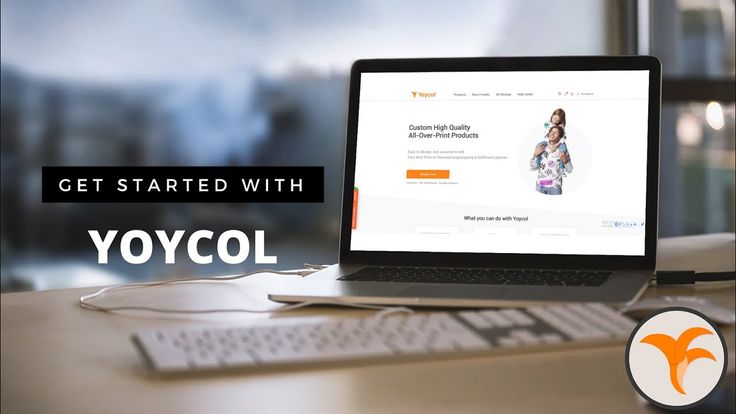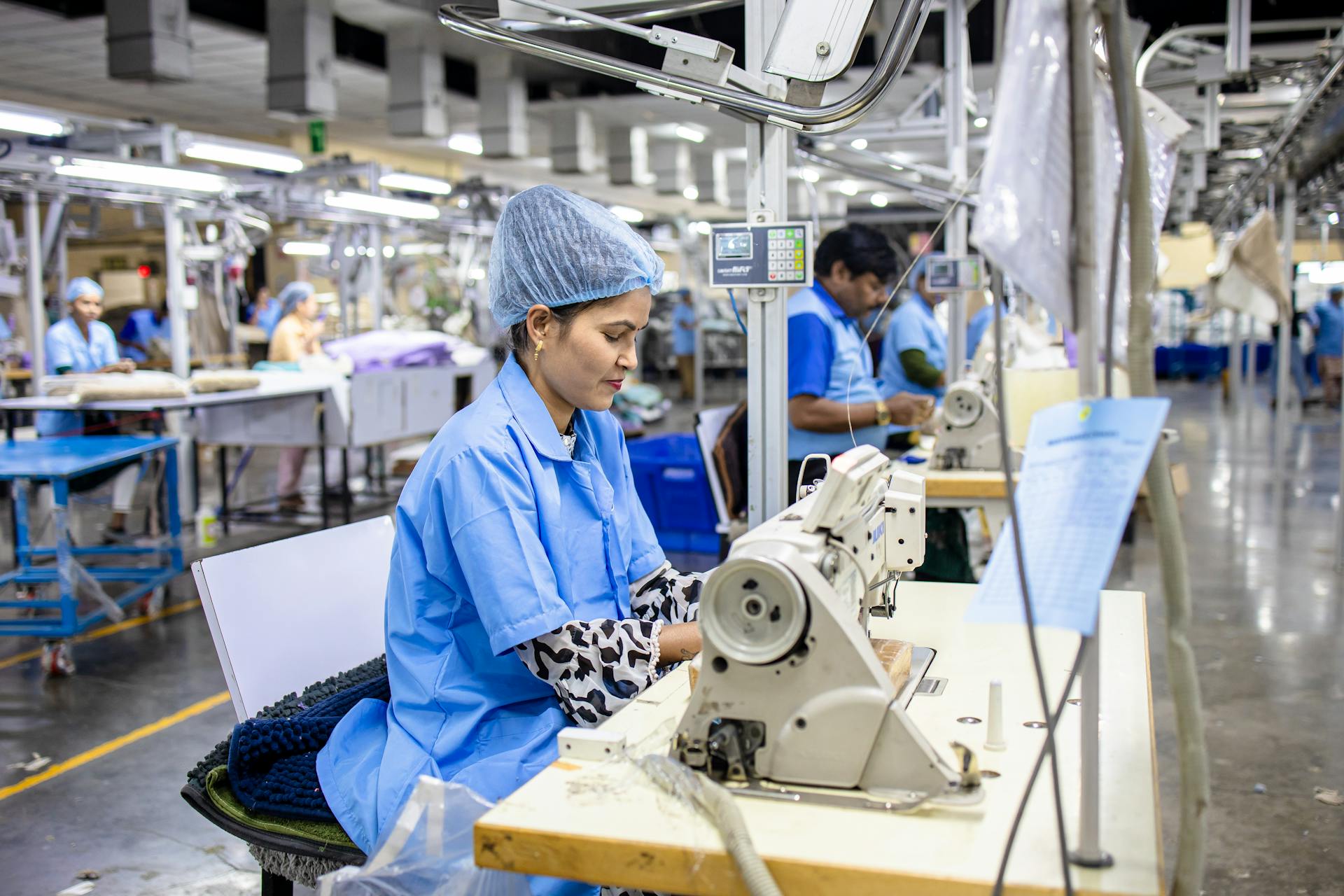Emerging Trends in the Print on Demand Market

The print on demand (POD) market is growing rapidly, driven by consumer demand and technological innovation. In 2023, the market reached a value of $7.67 billion. By 2030, it is expected to hit $38.21 billion, growing at a CAGR of 25.8%. North America leads in market share, while Asia-Pacific shows the fastest growth.
This growth reflects the rising demand for personalized products and sustainable practices in the print on demand market.
Current Market Overview
Market Valuation and Growth Statistics
The print on demand market is growing quickly in recent years. In 2022, the global market was worth $6.5 billion. Experts predict it will grow at a 24.4% CAGR until 2030. This fast growth shows more people want personalized products. It also reflects how ecommerce platforms are shaping the industry.
The U.S. market is also growing strongly. By 2030, it could reach $10.66 billion. These numbers show big chances for businesses in this growing market.
Key Growth Drivers in the Print on Demand Market
Many reasons explain why the print on demand market is growing. Ecommerce platforms help businesses sell to people worldwide. Shoppers now want unique, custom-made products, boosting demand. Also, this model lowers inventory risks, making it appealing to entrepreneurs.
Growth Driver | Description |
|---|---|
E-commerce Boom | Ecommerce growth has increased the need for POD services. |
Rising Demand for Personalization | People want unique, custom products, which POD offers. |
Reduced Inventory Risk | POD lowers inventory costs and risks for businesses. |
These factors, along with new technology, make the printing business profitable.
Regional Market Performance and Insights
North America leads the print on demand market due to its advanced technology. But Asia-Pacific is growing fast, with a 27.9% CAGR expected during this time. This growth comes from big companies and more demand for custom products.
Tip: Want to join the print on demand market? Focus on fast-growing areas like Asia-Pacific to earn more.
Regional trends show how knowing the market can help businesses find the best opportunities.

Personalization and Consumer Demand for Unique Products
People now want products that feel personal and special. Many shoppers look for items that show their personality. About 36% of buyers expect personalized options, and nearly half are okay waiting longer for custom items. This shows how important personalization has become in meeting what customers want.
Successful POD businesses focus on creating unique products for specific groups. For instance, Etsy shops use creative designs and connect with their communities to gain loyal fans. Social media and YouTube also highlight businesses thriving with custom products. These examples prove that personalization helps businesses grow and find new opportunities.
Technological Advancements in Digital Printing and AI
New technology is changing the print on demand market. Digital printing, like direct-to-garment (DTG), makes high-quality custom items cheaper and faster to produce. This helps businesses meet customer needs while saving money.
AI is also making a big impact. It improves efficiency by reducing mistakes and managing tasks better. For example, AI-powered software helps businesses run smoothly and earn more. But using AI well needs good data and careful planning. These tech improvements are shaping the future of POD and opening doors for growth.
Sustainability Practices in the Print on Demand Industry
Eco-friendly practices are becoming very important in POD. Many shoppers, especially millennials, are willing to pay more for green brands. This has led to changes like using water-based inks and reducing waste with digital workflows.
Companies are also cutting out harmful chemicals and recycling materials to help the planet. Some aim to stop using offset printing by 2024 to lower their carbon footprint. These green practices not only match customer values but also make businesses stand out as eco-leaders.
Ecommerce Integration and Platform Innovations
Ecommerce platforms are key to the POD market's success. Sites like Shopify, Etsy, and Amazon help businesses reach more people and work more efficiently. Features like Zazzle LIVE let customers work with designers instantly, improving their experience.
In 2023, the POD market reached $8.03 billion, reflecting its integral role in global ecommerce ecosystems. Companies like Yoycol exemplify the sector's momentum through tech-driven solutions that streamline production and reduce waste. Innovations such as direct-to-garment (DTG) printing have broadened product customization possibilities, empowering brands to offer unique designs at scale. These advancements position ecommerce platforms as critical tools for businesses aiming to capitalize on fast-evolving consumer demand for personalized products. Yoycol's model—prioritizing on-demand efficiency and global accessibility—aligns with industry shifts toward agile, sustainable retail strategies.
Market Statistics and Consumer Insights
Regional Market Shares and Growth Rates
The print on demand market grows differently in various regions. North America leads with 40% of the market, earning $2.04 billion in 2022. By 2023, its share dropped to 36% as ecommerce and custom products grew. The U.S. alone made $1.89 billion in 2022, showing its strong role in the region.
Worldwide, the market was worth $6.18 billion in 2022. By 2033, it could grow to $59.4 billion. This rise is due to better technology and more demand for custom items. Asia-Pacific is growing fast with ecommerce and digital printing, offering big chances for businesses.
Region | Market Share (%) | Market Value (USD) | Year |
|---|---|---|---|
North America | 40% | 2.04 billion | 2022 |
North America | 36% | N/A | 2023 |
United States | N/A | 1.89 billion | 2022 |
Global | N/A | 6.18 billion | 2022 |
Popular Product Segments in the Print on Demand Market
Some products are driving the print on demand market forward. Custom clothing, like T-shirts with names, is very popular. Eco-friendly printing is also growing, with sustainable clothes being a top choice. Items showing hobbies or values, like pet-themed shirts, are trending too.
These trends show how important unique and green products are. As people’s tastes change, businesses can grow by offering special items for specific groups.
Consumer Behavior Trends and Preferences
Shoppers now want more personalized and custom-made products. Many buy these items as gifts. Income levels also affect what people buy. Online shopping grew during COVID-19, increasing demand for custom goods.
Studies show people care less about price now. Between 2006 and 2019, product markups rose by 25%. Looking at different customer groups helps businesses find new chances to grow and earn more.
Tip: Offer custom and eco-friendly products to match what shoppers want and grow your business.
Future Potential and Innovations in the Print on Demand Market
Automation and AI-Driven Tools in POD
Automation and AI are changing how print on demand works. These tools help businesses work faster and with fewer mistakes. For example, machines can be checked automatically to avoid breakdowns. Automation also makes designing easier, so unique products can be made quickly.
AI tools study large amounts of data to find trends. This helps businesses offer products that match what customers want. It also makes customers happier and increases profits.
Key benefits of using automation and AI:
Faster order processing and shorter wait times.
Lower costs and better efficiency.
Smarter product choices based on customer data.
As customers expect more, using AI and automation is important to stay ahead in the printing business.
Augmented Reality and Enhanced Consumer Interaction
Augmented Reality (AR) is changing how people shop for print on demand items. AR lets customers see how products look in real life. For example, they can try on clothes virtually to decide if they like them. This reduces returns and makes shopping easier.
Adding AR to your online store can make shopping more fun. AR can also add extra details to printed items, like special offers or product info. It helps businesses understand what customers like, improving marketing plans.
Benefits of AR in print on demand:
Better shopping experiences that increase sales.
More customer interest with interactive features.
Fewer returns, which means more money earned.
As AR improves, it blends online and real-world shopping, helping your products stand out.
Expanding Product Offerings and Market Reach
Offering more products is a great way to grow in print on demand. New printing technology lets businesses create custom packaging and launch fresh items often. This helps meet new customer needs and find more buyers.
Some brands use QR codes on packaging to make products more personal. These codes can share special deals or extra info, making customers more interested. This also helps businesses reach more people.
To grow even more, think about offering eco-friendly products. Green items attract shoppers who care about the planet. By adding new products and focusing on customization, businesses can earn more and stay strong in the market.
The print on demand market has many chances to grow. New technology and eco-friendly ideas will shape its future.
The market might grow 8.79% yearly from 2024 to 2032.
Digital printing could increase from $33.07 billion in 2023 to $70.48 billion by 2032.
Green solutions and smart technologies are pushing this growth forward.
Following these trends can help you succeed in this growing industry.

